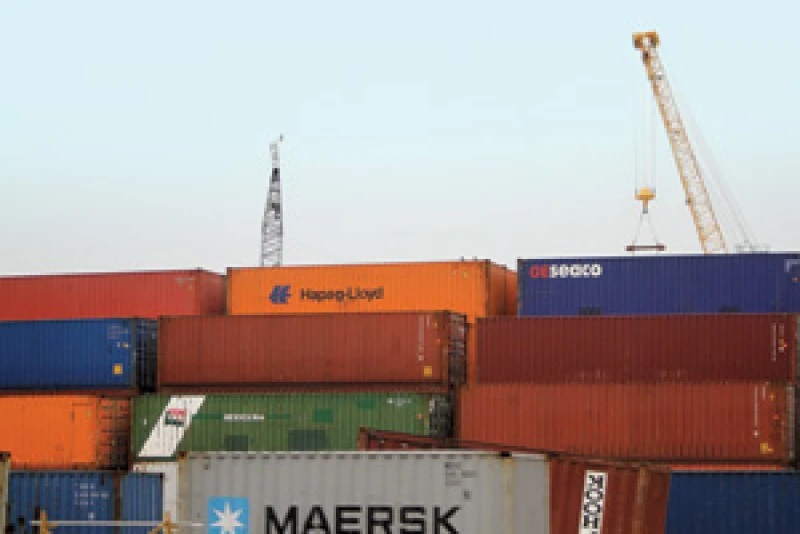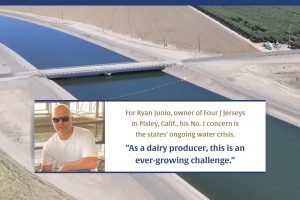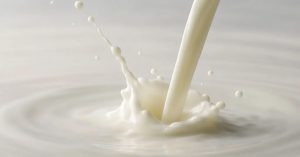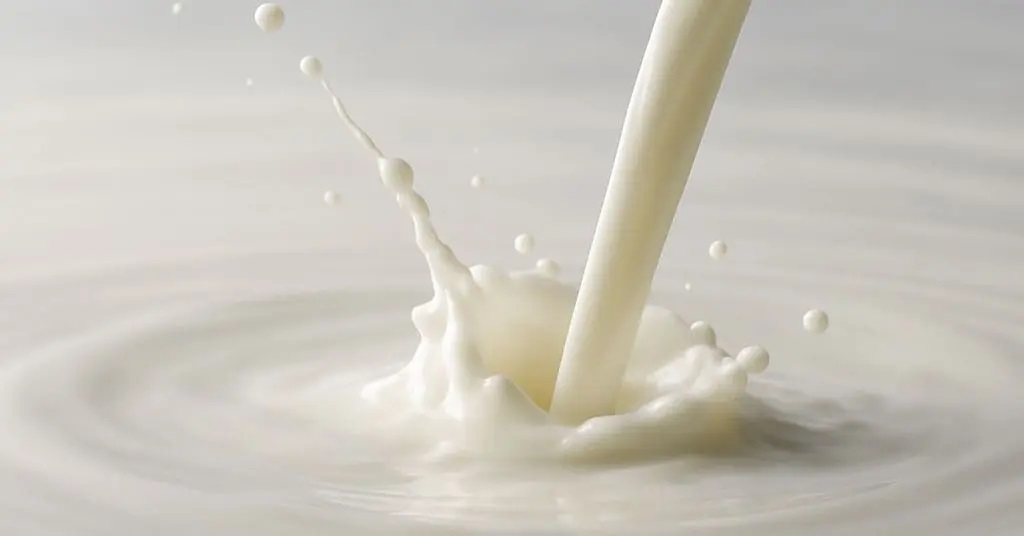
In recent discussions surrounding trade policies and tariffs, the dairy industry has been notably affected.
Rick Naerebout, CEO of the Idaho Dairymen’s Association, reflect on how the Trump 2.0 approach closely mirrors Trump’s earlier strategy, aimed at extracting concessions from trade partners.
In recent discussions surrounding trade policies and tariffs, the dairy industry has been notably affected. Rick Naerebout, CEO of the Idaho Dairymen’s Association, reflects on how the Trump 2.0 approach closely mirrors Trump’s earlier strategy, aimed at extracting concessions from trade partners. On Wednesday, the president announced a 90-day pause on all the reciprocal tariffs, except for China, which will see tariffs increased to 125%.
Trump’s Tariff Strategy: A Familiar Tune
Historical impacts from the first wave of tariffs were significant, leading to direct payments to producers to offset negative effects. Such a strategy requires patience and foresight, especially in sectors like agriculture.
“Really, there is no surprises,” Naerebout comments, emphasizing the president’s transparency about using tariffs as a tactical move. “He was very transparent and upfront that this was going to be part of his strategy.”
The Agricultural Agenda
Naerebout points out, “I think that’s probably part of the mindset of dairy producers today, that this is part of the strategy. It’s bigger than us.”
He underscores agriculture’s role in foreign policy and the necessity of mending trade relationships through such economic instruments. Acknowledging the potential for market damage, Naerebout stresses the need for compensation to mitigate adverse outcomes, not just for dairy but for the whole agricultural sector.
“I think part of the expectation is we’ve got to fix some of our trade relationships,” he says. “And if this is how to get it done effectively, we’re for it. And if there is pronounced damage to our markets, we’d appreciate it if there was some more compensation to offset those negatives for not just dairy producers, but all of agriculture.”
While Naerebout operates from Idaho, he emphasizes that tariff impacts span across the nation, with a goal to export 15% to 20% of dairy products.
“We’re definitely dependent on that export market,” he says highlighting Idaho’s significant role in dairy ingredient production and its likely larger-than-average share of the export market.
Currently, the U.S. dairy industry exports more than $8 billion of dairy products every year to approximately 145 countries around the world. To meet growing global demand, dairy businesses have invested $8 billion in new processing capacity in the U.S. International Dairy Foods Association (IDFA) points out that this growth depends on strong trade relationships and access to essential ingredients, finished goods, packaging and equipment to provide Americans with safe, affordable and nutritious dairy foods and beverages.
Several dairy organizations, including IDFA supports the Trump administration’s efforts to hold trading partners accountable and expand market access for U.S. dairy.
“However, broad and prolonged tariffs on our top trading partners and growing markets will risk undermining our investments, raising costs for American businesses and consumers, and creating uncertainty for American dairy farmers and rural communities,” IDFA said in a statement. “We urge the administration to engage directly with dairy stakeholders and swiftly pursue resolutions with our trading partners that strengthen U.S. dairy’s global competitiveness.”
Effects on Domestic Consumers
From a consumer perspective, Naerebout assures that tariffs won’t result in heightened dairy prices.
“We’re not going to see elevated dairy prices because of it. They’re going to actually potentially see a decrease in dairy prices because of it,” he says.
The Bigger Picture: Utilizing Tariffs as Tools
Naerebout says dairy producer’s perspective is the president’s strategy on tariffs is a tool that is at our disposal to try and correct some of that unevenness or the lack of fairness within trade policies.
“We are absolutely in favor of using every tool in the toolbox to fix those situations,” he says. The recent price drop of milk, a $3 decrease since discussions on Mexican tariffs began, illustrates the immediate effects on dairy.
Naerebout hopes for a quick resolution to avoid long-term demand issues.
“As long as this is a short-term situation and we don’t create long-term demand issues for ourselves, it’s livable for producers,” he says, noting the risk that drawn-out negotiations could spell prolonged price depression, heightening the importance of direct support payments.
If we tread carefully, Naerebout believes, the dairy industry can weather this storm and emerge balanced on the other side.
You can now read the most important #news on #eDairyNews #Whatsapp channels!!!
🇺🇸 eDairy News INGLÊS: https://whatsapp.com/channel/0029VaKsjzGDTkJyIN6hcP1K

























